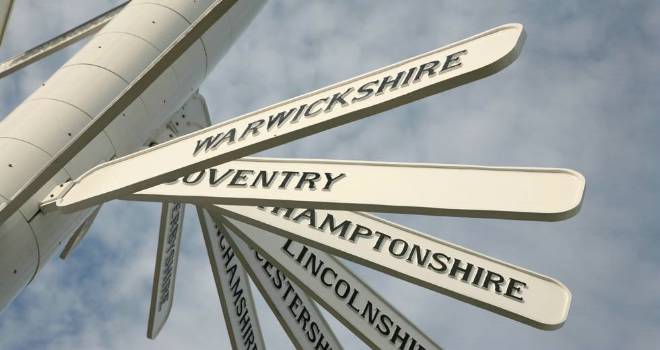
"Due to current political and economic unrest it is understandable why buyers and sellers may be taking a ‘wait and see’ approach"
Annual growth reached just 0.6% in December, meaning house prices are falling in real terms against CPI inflation, despite seeing a monthly rise of 0.3%.
Additionally, the number of transactions fell by 2.4% over 2018, exacerbated by an 8.1% fall in December.
Overall the market continues to flatline, but Your Move says regional and local variations are becoming increasingly marked.
Broadly the North-South divide continues, with annual growth in the North West and East and West Midlands, with the South East, East and Greater London all struggling to maintain growth.
However monthly prices are up 1% in London, with a third consecutive month of growth recorded amidst uncertainty. Sales for the three-month period to the end of November 2018, meanwhile, are actually 4% up on the same three months in 2017 - possibly the result of significant numbers of new builds sold in the capital. They are estimated to account for 14% of all sales in Greater London in the 11 months to the end of November.
The North-South divide in England and Wales is also less clear-cut. The South West, for instance, with annual growth of 1.0%, is level pegging with the North East and Yorks & Humber. Nevertheless, there’s a clear area of strength across the Midlands, into Wales and up into the North West, all of which have growth above inflation; and clear weakness in the East of England (0.1%), South East (0.5%) and London (-0.3%).
Even in regions that are struggling, however, there are some brighter spots. In the South East, Bracknell Forest has seen prices fall 7.8% over a year, among the biggest falls, but Windsor and Maidenhead (the most expensive local authority area in the region, with average prices of £600,701), has seen growth of 7.5%.
In the East of England, most areas are subdued, but Thurrock, with a 4.2% annual increase, continues to grow robustly.
More generally, annual price growth continues to be positive across the majority of the major conurbations outside London with Leicester (7.5%), the West Midlands (5.3%), Nottingham (5.1%), Greater Manchester (4.8%) and Bristol (4.3%) all showing particularly strong growth. The one exception is Southampton, where prices are down 3.1% annually.
Overall in November, 74 of the 108 unitary authority areas (69%) in England and Wales still recorded price rises over the year.
Oliver Blake, managing director of Your Move and Reeds Rains estate agents, said: “Due to current political and economic unrest it is understandable why buyers and sellers may be taking a ‘wait and see’ approach to the property market but, in turn, as demand waivers, it means that property may become more affordable to more people. This should help buyers, and first-time buyers, in particular, when they are ready to act.”





